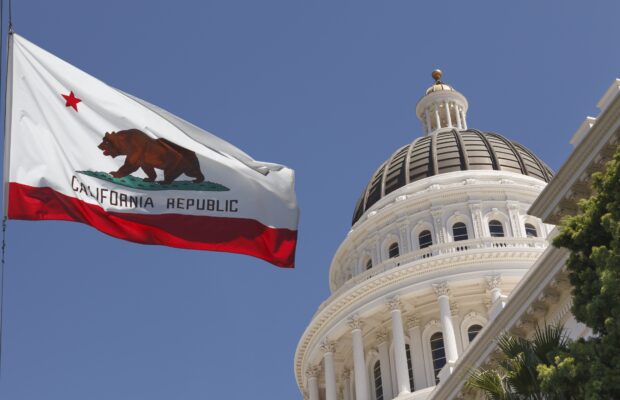In 2017, the Metropolitan Transportation Committee (MTC) and the Association of Bay Area Governments (ABAG) mobilized a task force of affordable housing advocates, private developers, local government officials, and other Bay Area leaders and experts to form CASA, or the Committee to House the Bay Area. CASA set out to identify a comprehensive policy response to the region’s housing crisis.
In January of this year, the MTC and ABAG endorsed the CASA Compact, a 15-year plan that prioritizes what it calls the 3 Ps: the production, preservation, and protection of housing in the Bay Area. The Compact calls for the production of 35,000 housing units per year, which would include 14,000 units for lower-income households and 7,000 units for moderate-income households. To encourage production of new units, the Compact supports increasing density for residential projects near transit zones, expediting and streamlining the housing approvals process, and increasing the availability of publicly-owned land for affordable housing development.
The preservation goal is 30,000 affordable units over the next 5 years, including 4,000 units that are identified as at-risk, largely through inclusionary housing fees and long-term affordability covenants.
Housing protection would include protecting 300,000 lower-income households from displacement by mechanisms such as an annual cap on rent increases for the next 15 years, rental assistance and legal aid to low-income tenants, and a uniform “Just Cause Eviction Policy.”
To implement the 3 Ps, the Compact would establish a regional housing entity responsible for financing projects, leasing land for development, and providing technical assistance to local residents and businesses. Funding for the initiatives would come from business, property, and sales taxes, including reforms to the State’s Proposition 13, tax increment funding, and multijurisdictional revenue-sharing agreements.
The State Legislature is considering several bills that have been introduced this year to address the Compact’s priorities. Among them is SB5, or the Local-State Sustainable Investment Incentive Program, which would reallocate $200 million from 2020 to 2025, and $250 million from 2025 to 2029, from each county’s Educational Revenue Augmentation Fund (ERAF) to eligible affordable housing projects. The proposed bill would designate at least half of its funding to streamline development of affordable housing projects that contain at least 50% affordable units through Workforce Housing Opportunity Zones and Housing Sustainability Districts. Other legislation includes SB50, which incentivizes affordable housing development near high-transit zones by providing concessions under the State’s Density Bonus Law and reducing the discretion of local agencies to deny affordable projects.
Battle lines are predictably drawn, with many of the Bay Area’s smaller, suburban communities expressing opposition to the loss of local land use control and perceived disproportionate funding for larger cities. The chairs of the State Legislature’s two housing committees, Assembly Member David Chiu and Senator Scott Wiener, have both indicated a desire to move legislation forward to advance the principles of the Compact.


